Central Banks Have Gone Rogue, Putting Us All at Risk
These institutions have rigged the markets for the benefit of a select few. The only solution is to make them public utilities.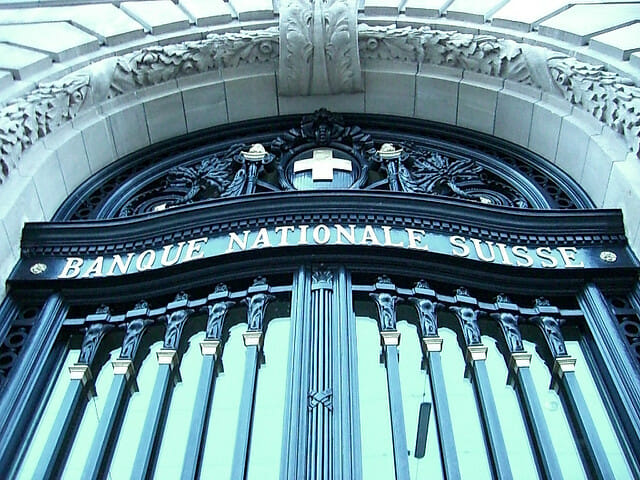 marcokalmann / Flickr
marcokalmann / Flickr
Excluding institutions such as Blackrock and Vanguard, which are composed of multiple investors, the largest single players in global equity markets are now thought to be central banks themselves. An estimated 30 to 40 central banks are invested in the stock market, either directly or through their investment vehicles (sovereign wealth funds). According to David Haggith at Zero Hedge:
Central banks buying stocks are effectively nationalizing U.S. corporations just to maintain the illusion that their “recovery” plan is working. … At first, their novel entry into the stock market was only intended to rescue imperiled corporations, such as General Motors during the first plunge into the Great Recession, but recently their efforts have shifted to propping up the entire stock market via major purchases of the most healthy companies on the market.
The U.S. Federal Reserve, which bailed out General Motors in a rescue operation in 2009, was prohibited from lending to individual companies under the Dodd-Frank Act of 2010, and it is legally barred from owning equities. It parks its reserves instead in bonds and other government-backed securities. But other countries have different rules, and central banks are now buying individual stocks as investments, with a preference for big tech companies like Amazon, Apple, Facebook and Microsoft. Those are the stocks that dominate the market, and central banks are aggressively driving up their value. Markets, including the U.S. stock market, are thus literally being rigged by foreign central banks.
The result, as noted in a January 2017 article at Zero Hedge, is that central bankers, “who create fiat money out of thin air and for whom ‘acquisition cost’ is a meaningless term, are increasingly nationalizing the equity capital markets.” Or at least they would be nationalizing equities, if they were actually “national” central banks. But the Swiss National Bank, the biggest single player in this game, is 48 percent privately owned, and most central banks have declared their independence from their governments. They march to the drums not of government but of private industry.
Marking the 10th anniversary of the 2008 collapse, former Fed Chairman Ben Bernanke and former Treasury Secretaries Timothy Geithner and Henry Paulson wrote in a Sept. 7 New York Times op-ed that the Fed’s tools needed to be broadened to allow it to fight the next anticipated economic crisis, including allowing it to prop up the stock market by buying individual stocks. To investors, propping up the stock market may seem like a good thing, but what happens when the central banks decide to sell? The Fed’s massive $4 trillion economic support is now being taken away, and other central banks are expected to follow. Their U.S. and global holdings are so large that their withdrawal from the market could trigger another global recession. That means when and how the economy will collapse is now in the hands of central bankers.
Moving Goal Posts
The two most aggressive central bank players in the equity markets are the Swiss National Bank and the Bank of Japan. The goal of the Bank of Japan, which now owns 75 percent of Japanese exchange-traded funds, is evidently to stimulate growth and defy longstanding expectations of deflation. But the Swiss National Bank is acting more like a hedge fund, snatching up individual stocks because “that is where the money is.”
About 20 percent of the SNB’s reserves are in equities, and more than half of that is in U.S. equities. The SNB’s goal is said to be to counteract the global demand for Swiss francs, which has been driving up the value of the national currency, making it hard for Swiss companies to compete in international trade. The SNB does this by buying up other currencies, and because it needs to put them somewhere, it’s putting that money in stocks.
That is a reasonable explanation for the SNB’s actions, but some critics suspect it has ulterior motives. Switzerland is home to the Bank for International Settlements, the “central bankers’ bank” in Basel, where central bankers meet regularly behind closed doors. Dr. Carroll Quigley, a Georgetown history professor who claimed to be the historian of the international bankers, wrote of this institution in” Tragedy and Hope” in 1966:
[T]he powers of financial capitalism had another far-reaching aim, nothing less than to create a world system of financial control in private hands able to dominate the political system of each country and the economy of the world as a whole. This system was to be controlled in a feudalist fashion by the central banks of the world acting in concert, by secret agreements arrived at in frequent private meetings and conferences. The apex of the system was to be the Bank for International Settlements in Basel, Switzerland, a private bank owned and controlled by the world’s central banks, which were themselves private corporations.
The key to their success, said Quigley, was that they would control and manipulate the money system of a nation while letting it appear to be controlled by the government. The economic and political systems of nations would be controlled not by citizens but by bankers, for the benefit of bankers. The goal was to establish an independent (privately owned or controlled) central bank in every country. Today, that goal has largely been achieved.
In a paper presented at the 14th Rhodes Forum in Greece in October 2016, Dr. Richard Werner, director of international development at the University of Southampton in the United Kingdom, argued that central banks have managed to achieve total independence from government and total lack of accountability to the people, and that they are now in the process of consolidating their powers. They control markets by creating bubbles, busts and economic chaos. He pointed to the European Central Bank, which was modeled on the disastrous earlier German central bank, the Reichsbank. The Reichsbank created deflation, hyperinflation and the chaos that helped bring Adolf Hitler to power.
The problem with the Reichsbank, said Werner, was its excessive independence and its lack of accountability to German institutions and Parliament. The founders of postwar Germany changed the new central bank’s status by significantly curtailing its independence. Werner wrote, “The Bundesbank was made accountable and subordinated to Parliament, as one would expect in a democracy. It became probably the world’s most successful central bank.”
But today’s central banks, he said, are following the disastrous Reichsbank model, involving an unprecedented concentration of power without accountability. Central banks are not held responsible for their massive policy mistakes and reckless creation of boom-bust cycles, banking crises and large-scale unemployment. Youth unemployment now exceeds 50 percent in Spain and Greece. Many central banks remain in private hands, including not only the Swiss National Bank but the Federal Reserve Bank of New York and the Italian, Greek and South African central banks.
Banks and Central Banks Should Be Made Public Utilities
Werner’s proposed solution to this dangerous situation is to bypass both the central banks and the big international banks and decentralize power by creating and supporting local not-for-profit public banks. Ultimately, he envisions a system of local public money issued by local authorities as receipts for services rendered to the local community. Legally, he noted, 97 percent of the money supply is already just private company credit, which can be created by any company, with or without a banking license. Governments should stop issuing government bonds, he said, and instead fund their public sector credit needs through domestic banks that create money on their books (as all banks have the power to do). These banks could offer more competitive rates than the bond markets and could stimulate the local economy with injections of new money. They could also put the big bond underwriting firms that feed on the national debt out of business.
Abolishing the central banks is one possibility, but if they were recaptured as public utilities, they could serve some useful purposes. A central bank dedicated to the service of the public could act as an unlimited source of liquidity for a system of public banks, eliminating bank runs since the central bank cannot go bankrupt. It could also fix the looming problem of an unrepayable federal debt, and it could generate “quantitative easing for the people,” which could be used to fund infrastructure, low-interest loans to cities and states, and other public services.
The ability to nationalize companies by buying them with money created on the central bank’s books could also be a useful public tool. The next time the mega-banks collapse, rather than bailing them out, they could be nationalized and their debts paid off with central bank-generated money.
There are other possibilities. Former Assistant Treasury Secretary Paul Craig Roberts argues that we should also nationalize the media and the armaments industry. Researchers at the Democracy Collaborative have suggested nationalizing the large fossil fuel companies by simply purchasing them with Fed-generated funds. In a September 2018 policy paper titled “Taking Climate Action to the Next Level,” the researchers wrote, “This action might represent our best chance to gain time and unlock a rapid but orderly energy transition, where wealth and benefits are no longer centralized in growth-oriented, undemocratic, and ethically dubious corporations, such as ExxonMobil and Chevron.”
Critics will say this would result in hyperinflation, but an argument can be made that it wouldn’t. That argument will have to wait for another article, but the point here is that massive central bank interventions that were thought to be impossible in the 20th century are now being implemented in the 21st, and they are being done by independent central banks controlled by an international banking cartel. It is time to curb central bank independence. If their powerful tools are going to be put to work, it should be in the service of the public and the economy.
Your support matters…Independent journalism is under threat and overshadowed by heavily funded mainstream media.
You can help level the playing field. Become a member.
Your tax-deductible contribution keeps us digging beneath the headlines to give you thought-provoking, investigative reporting and analysis that unearths what's really happening- without compromise.
Give today to support our courageous, independent journalists.
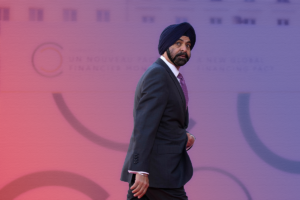
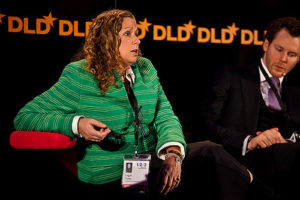
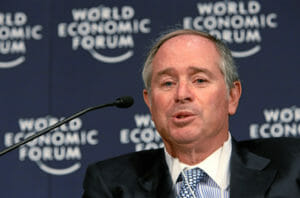
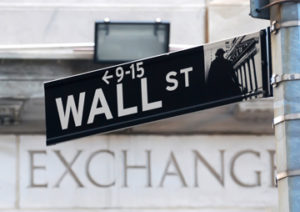

You need to be a supporter to comment.
There are currently no responses to this article.
Be the first to respond.